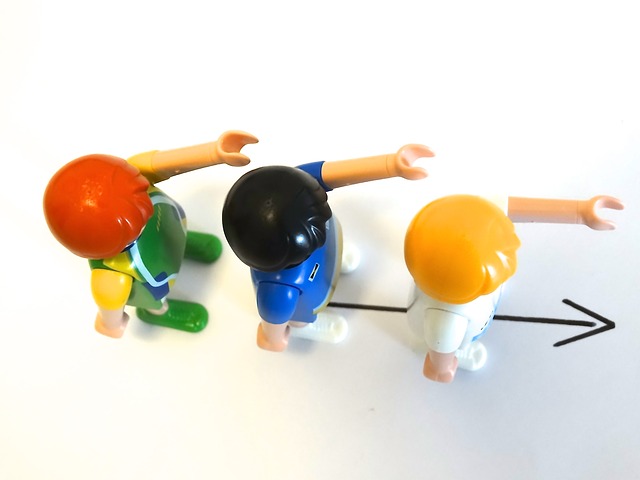There are several games to teach Spanish. The more fun the games are, and the more practice students get speaking Spanish, the better they will learn the language. Get students to think in Spanish rather than relying on translating phrases word for word. This can be accomplished by having students speak phrases and repeating these phrases. Here are some ideas:

1. Memory: Practice the verbs SER or GUSTAR
• Appropriate age group: 6 to 12 years old
• Creation time: 10 minutes
• Setup time: 10 minutes
• Game time: 40 to 60 minutes
This game of memory can be played with any group of students. The larger the class size, the harder it will be to memorize everything said. However, this ensures that people get a lot of practice repeating phrases to teach them the verb “ser”. This game can also be played to learn the verb “gustar”. This game is also useful for teaching names and introducing students to one another.
Start with one student. Ask the student to say their name and to say what they are. For example, a student may say “Me llamo Stephanie. Soy estudiante” or “Me llamo Stephanie. Me gusta correr.” The next student will say their name, what they are and then repeat the first student’s name and what they are. For example, the second student would say, “Me llamo Miguel. Soy un deportista. Ella se llama Stephanie y ella es estudiante.” Since the verb “ser” differs than the verb “estar”, this will give students a good chance to become familiar with what is permanent and what is subject to change.

2. White Elephant: Counting and verbs TENER and QUERER
• Appropriate age group: 6 to 12 years old
• Creation time: 30 minutes
• Setup time: 1 day/week
• Game time: 40 to 60 minutes
This game is especially fun for any students. Virtually everyone knows about the white elephant game. It involves every student bringing in an item that they are willing to trade with others or give up. However, parents need to give the “okay” on these items. It may be wise to send home a permission slip a week ahead. Inform students to wrap these items.
Begin the game by having students place their wrapped items in the middle of the room. Have students count-off in Spanish. Tell them to remember their order. The first person will choose an item and unwrap it. This person should say what they have. For instance, “Tengo un lapiz azul.” The second person has the option of either stealing the first person’s item or unwrapping another item. In the instance the second student wants to steal the first person’s item, have them say, “Quiero tu lapiz azul.” If the second student steals the first student’s item, the first student must open another wrapped item. Play the game until all the items have been opened.

3. Simon Says: Body parts or giving instructions in Spanish
• Appropriate age group: 6 to 12 years old
• Creation time: 10 minutes
• Setup time: 10 minutes
• Game time: 20 minutes
The game Simon Says (Simón Dice) can be used to teach body parts. It can also be useful in giving other types of instructions, such as “Go to the door.” Tell students thing like, “Simón dice: Tócate la nariz” to get students to point to their nose. Repeat the game with other body parts. Make it interesting by tricking students with “Tócate la boca” without saying, “Simón dice.” Trick students by pointing to the arms and say “orejas” to see if they’re really listening. A student who is listening will know that the teachers said “ears” and not “arms”. Play until there is a winner or break up students into groups to take turns giving instructions and playing.

4. Go Fish: Basic Spanish vocabulary
• Appropriate age group: 6 to 12 years old
• Creation time: 15 minutes
• Setup time: 15 minutes
• Game time: 60 minutes
This game works best by using cards that are designed for smaller children. These type of cards depict pictures of animals, colors, shapes, numbers and other items that small children are just beginning to learn about. Since this game is for basic Spanish, the concept of learning these items is the same. For instance, a card may depict a yellow triangle. A student looking for this may ask another student, “¿Tienes un triángulo amarillo?” Break students up into small groups. Have a number of decks according to the number of groups that are in the class. It is useful to have different types of cards with different items so that students can practice their vocabulary. Allow each group time with each group of cards to practice well. This game can be useful for students who need to practice for an upcoming quiz or test.
There are endless games to teach Spanish that can be created. Place labels all over the classroom so that students can identify what these items are in Spanish. This can be made into a game as well. Anything can be made into a game. Games to teach Spanish can be done through song as well. Think of creative ways students can have fun while learning. They’ll be speaking Spanish naturally before long.
Check out these other articles to Teach Spanish.